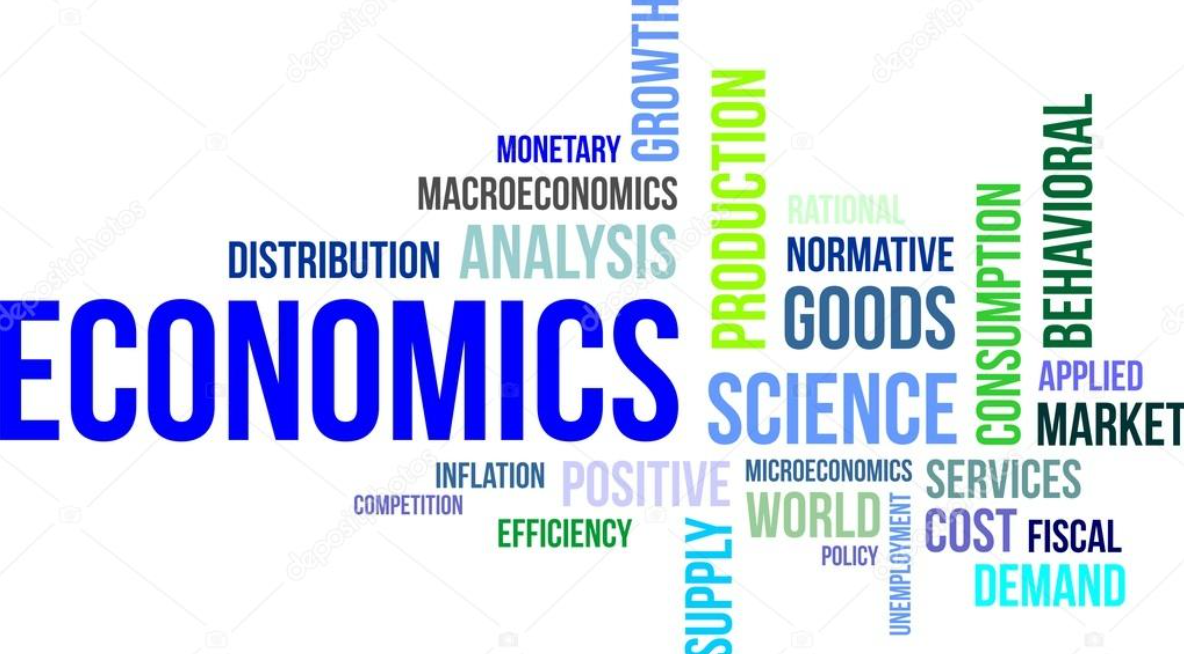
Economic Outlook: Nobody Knows Nuthin’
This piece was originally published in Nevada Business Magazine.
Before COVID and lockdowns, the economy settled into a normalcy after the Great Recession of 2007-09. It was a unique time with record low interest rates and unprecedented Federal Reserve money printing. But monthly indicators moved along trend lines without great drama or many discontinuities, and we seemed to be in a new steady state of normalcy.
So, in the 2018 Nevada Controller’s Annual Report, it was reasonable to forecast the intermediate- and long-term U.S. economic outlook based on certain salient underlying trends.
- For 60 years, government spending, taxing and borrowing had been excessive, yet still growing relative to levels that maximize economic growth.
- Excess and still growing government public-health, safety, environmental, labor and financial regulation and other intervention were reinforcing this growth-depressing trend.
- Demographic and work-force participation trends in this century slowed growth: falling birth rates; increasing longevity; increasing healthcare and other subsidy for retirees and others not working; and changing gender roles.
- Total employment relative to population – and thus producer/ dependent ratios – increased greatly from the 1950s to 2001 and then slowly rolled over. A major growth driver became a growth retardant.
- Increasing debt relative to Gross Domestic Product (GDP) in all sectors (government; financial and non-financial businesses; and households, including mortgages, autos, student loans, credit cards and consumer loans) became a heavy burden on economic growth.
- Decreasing post-recession international economic growth and slowing trade and foreign direct investment in the U.S. also slowed economic growth, where they had previously increased it greatly.
All these mutually reinforcing problems produced the poorest recovery on record: long-term real growth of just over two percent yearly, or one percent per person. With none appearing to abate, the prospect was for continued slow and perhaps slower growth.
However, President Trump’s 2017 Tax Cut and Jobs Act performed greatly, as its proponents predicted, and turned the trend somewhat. But then, the COVID pandemic was followed by massive lockdowns, declines and devastating discontinuities everywhere.
Businesses and schools closed, employees were laid off or became ill, and consumer spending fell. The extensive and destructive 2020 riots were followed by more rounds of pandemic, lockdowns and related problems.
Besides the overall economic slowdown impacts, the various economic indicators showed huge dislocations that made new and trend economic data nearly useless for forecasting the future. In a pleasant surprise, the massive spending by the Trump and Biden administrations resuscitated incomes and consumer spending before the cumulative excess spending and supply chain problems brought back inflation.
A few of the salient long-term trends have continued and provide some guidance, but some have not. So, forecasting economic growth and returns is now more uncertain than ever.
Thus, government size, scope and overreach – spending and regulation – are worse than ever and almost certain to slow growth. Demographic and labor-force trends are completely unknown – so it’s virtually impossible to know what they portend.
Government debt and subsidy trends are troublingly high, but consumer savings and debt seem to provide an encouraging counterweight. International economic growth, trade and foreign direct investment are also in such flux as to provide no guidance, just confusion.
Perhaps most confusing, political developments domestically and internationally are extremely volatile and uncertain. Such a wide range of political changes and developments is plausible that their likely impacts on economic growth are a complete mystery. And population growth has slowed to nearly zero.
With the return in 2021 of substantial inflation for the first time in years, the Federal Reserve System recently promised to reduce its asset portfolio and then to increase its interest rates. How timely and effective these measures will be remains to be seen and currently is also a mystery.
The big picture is, quite arguably, that nobody knows nuthin’.